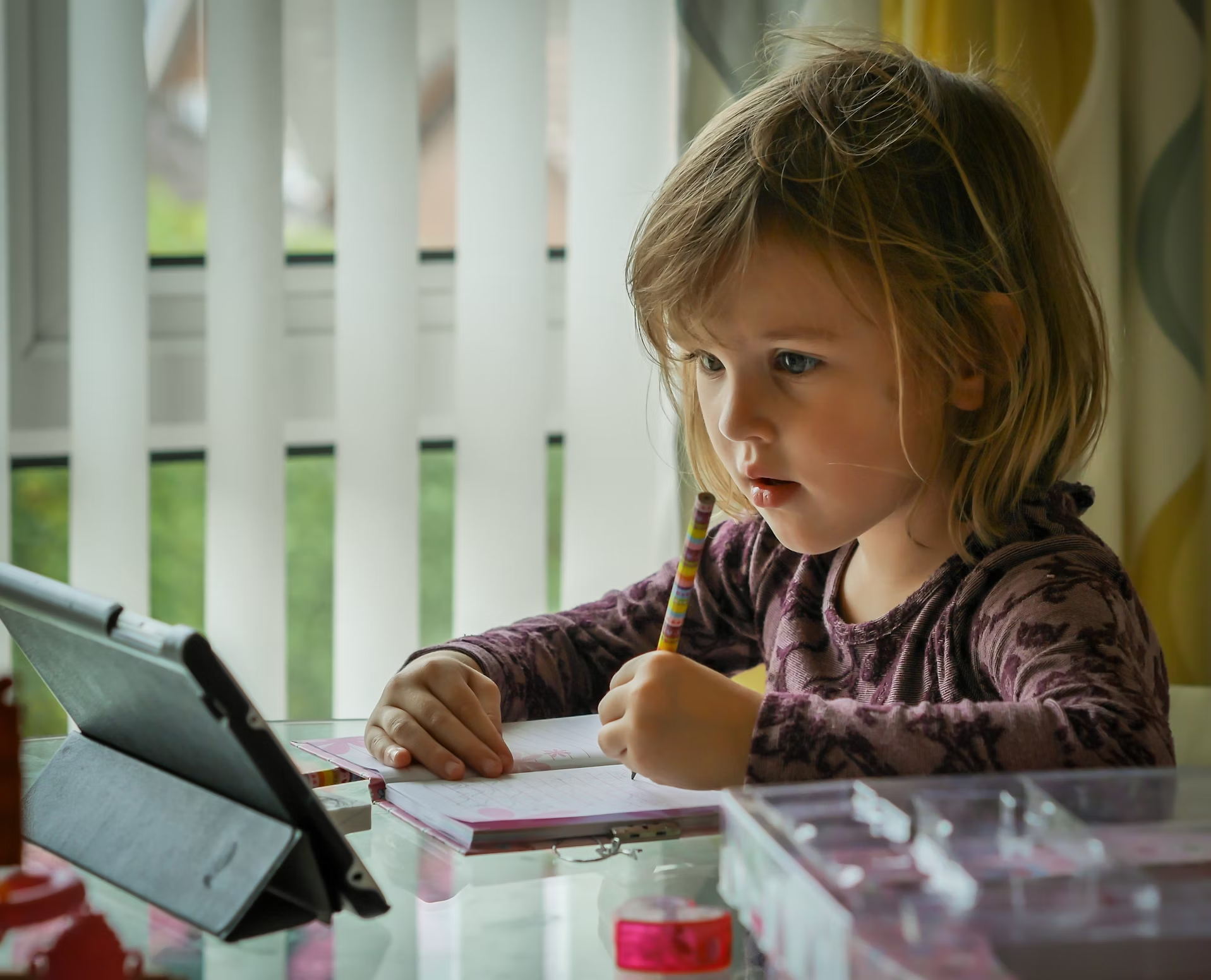Description: In this blog article, Primary School teacher Dara, shares with us how a child’s home environment as well as parental involvement critically enhances their development.
Learning Environment
Children’s learning environment is vital in early years.
Interactions and experiences between the child and the environment enhance the learning process.
They can explore in different ways enabling development.
There is a diverse range of learning contexts such as physical, social and emotional environments
All learning environments support children’s needs, enable the development of secure relationships and allow children to learn, explore and discover.
However, the home learning environment is critical and when supported by the library enables children to learn and develop.
The home learning environment plays an important role in learning. It includes physical characteristics, quality interactions and support from adults involved.
Parents as Educators
For children, home is their first learning environment and parents can be seen as the most important educators.
Parent’s educational background and socioeconomic status should not determine how children learn at home.
It is what parents do to provide a rich, engaging learning environment for their children to give them better opportunities when starting school by improving their knowledge at home first.
Parents educating their children by doing activities such as reading, singing, drawing, teaching numbers and the alphabet, visiting the library and providing available materials at home influence cognitive development (Sylva, et al, 2004).

Parents do not need special apparatus, they only need to be involved in everyday activities.
These activities were associated with higher intellectual and social/behavioural scores as the quality home learning environment is more important for the child than the parents’ job, income and education (Sylva, et al, 2004).
Home learning activities during preschool are beneficial in key stage 1 and are evident in children’s development profiles.
Therefore, activities parents do in the home environment benefit children.
The Pandemic
COVID-19 resulted in school closures and home learning.
This was difficult for some as the home learning environment may not be the best learning environment for them.
Research suggests the gap between math and literacy skills in lower and higher socioeconomic backgrounds tends to increase during school holidays (Lancker and Parolin, 2020).

If learning is difficult to continue at home during the pandemic this can also increase the gap.
53% of children attending school in low and middle-income countries can not read and understand stories before primary school, this increased to around 80% in poor countries due to the pandemic.
Advancing Digital Learning
A research study in Norway carried out in a digital survey by parents, teachers and pupils found the school invested in digital learning before the pandemic therefore all pupils had technology to access online resources.
Home learning benefited children as 70% mentioned they took part in more creative activities at home.
While 87% of young children’s parents agreed, involvement increased as they gained more understanding of children’s learning and had more play opportunities (Bubb and Jones, 2020).
Norway benefited from the home learning environment during the pandemic, however, not every country and child did.
Therefore, it is time for countries to learn from one another how to support home learning for all.
By tutor Dara. Contact Us




